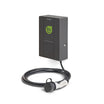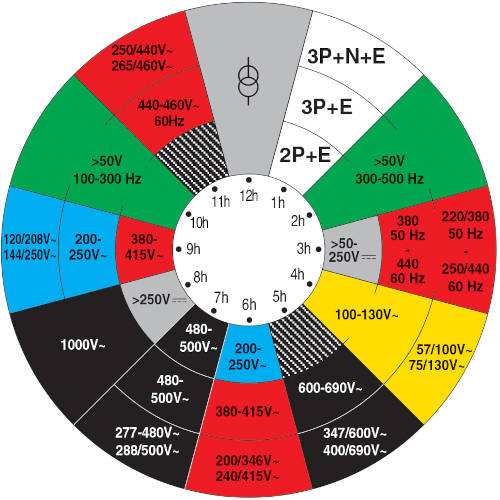If you’re new to electric vehicles, figuring out which charging cable you need can be confusing. One of the most common questions we hear is: what’s the difference between Type 1 and Type 2 EV charging cables?
This guide breaks it down simply — so you can choose the right cable with confidence.
Type 1 (SAE J1772)
- Single-phase only
- 5 pins
- Common in older Japanese/Korean EVs
- Max charge: ~7.4kW (32A single-phase)
- Locking latch holds plug in place
Type 2 (IEC 62196 / Mennekes)
- Single- and three-phase compatible
- 7 pins
- Standard in Australia and Europe
- Max charge: Up to 22kW (AC)
- Often vehicle-locked, more secure and weather-resistant
Which Cars Use Type 1?
Type 1 is mostly found in older or imported EVs:
- Nissan Leaf (pre-2018)
- Mitsubishi Outlander PHEV
- Kia Soul EV (older models)
- Holden Volt
If you drive one of these, you’ll need a Type 1 to Type 2 charging cable to use most public chargers in Australia.
Which Cars Use Type 2?
Type 2 is now the default standard in Australia and Europe. Most modern EVs and plug-in hybrids (PHEVs) come with a Type 2 inlet:
- Tesla Model 3 / Model Y
- BYD Atto 3
- MG ZS EV
- Hyundai Ioniq 5 / Kona EV
- Polestar 2 / Volvo XC40 Recharge
- BMW i3 / iX / i4
- Kia EV6 / Niro EV
Public AC chargers in Australia typically have Type 2 sockets, so having a Type 2 cable ensures the widest compatibility.
Need Help Choosing?
Whether you need a Type 1 to Type 2, Type 2 to Type 2, or a portable EV charger, we stock a full range of certified charging cables for Australian conditions — including coiled, straight, and 22kW high-power options.

![BE-W[2.0] LITE Wall Box 1 Socket Type 2](http://scamesolutions.com.au/cdn/shop/files/205w119b_1.jpg?v=1737525565&width=800)
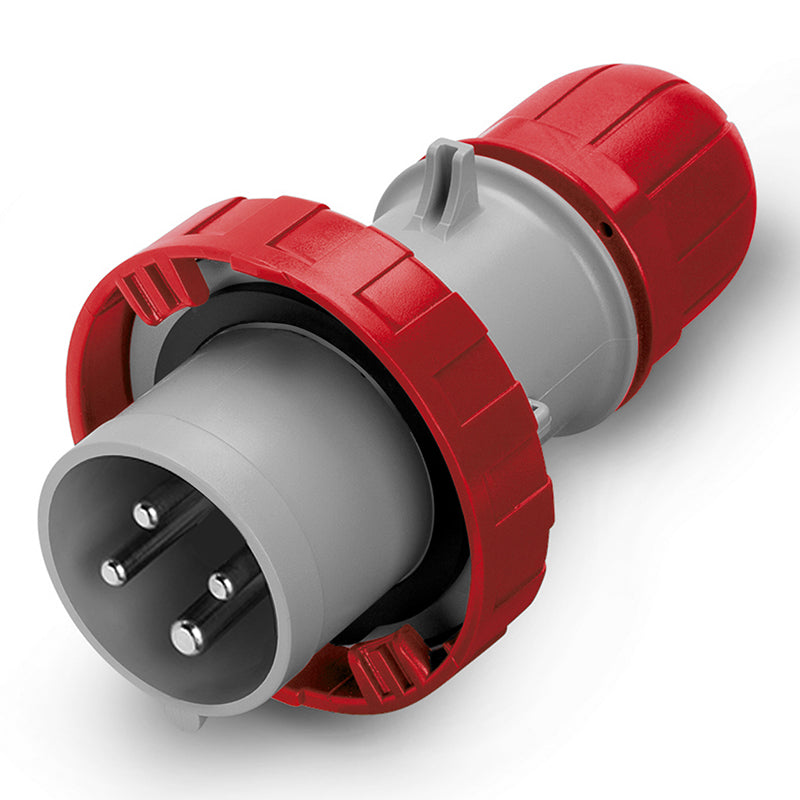
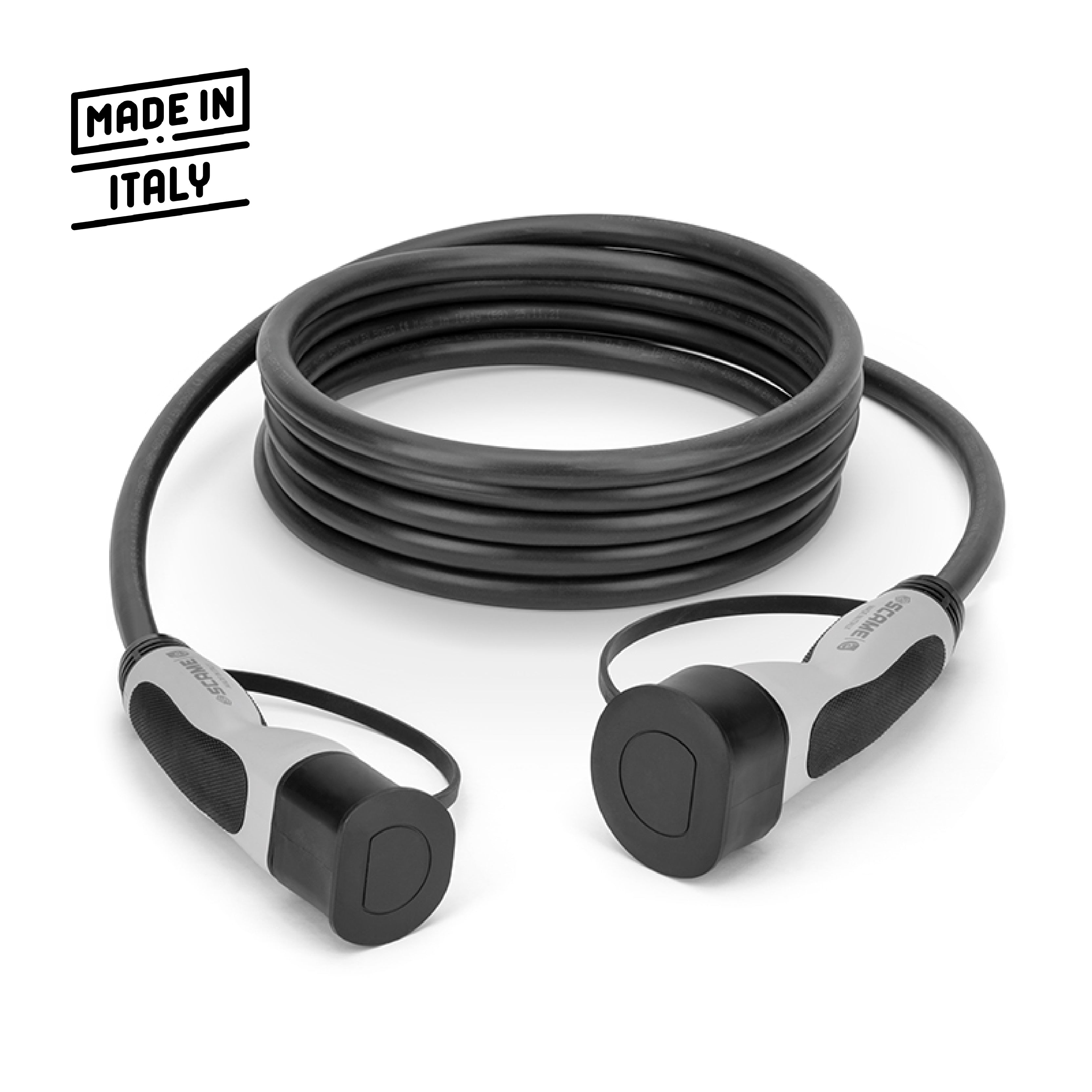


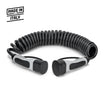
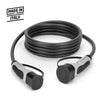
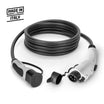
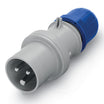

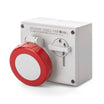
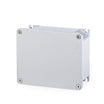
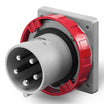
![BE-W[2.0] LITE Wall Box 1 Socket Type 2](http://scamesolutions.com.au/cdn/shop/files/205w119b_1.jpg?v=1737525565&width=104)
